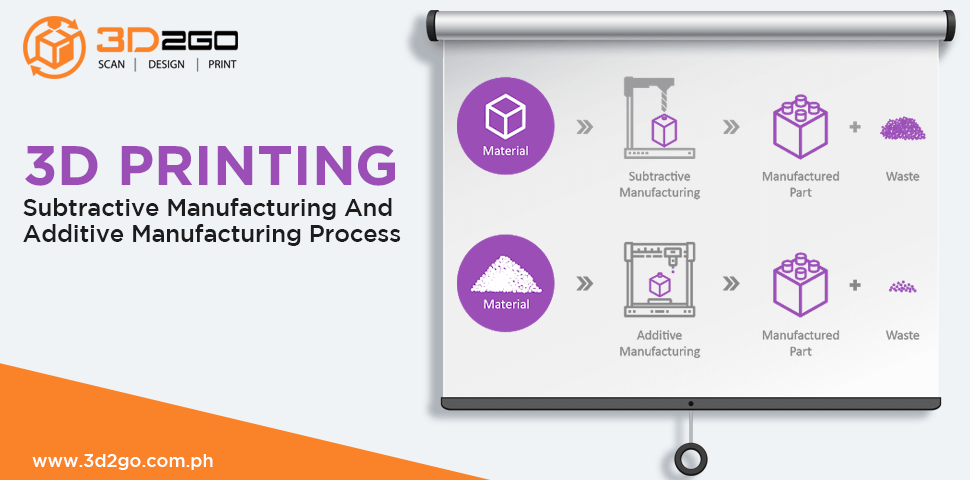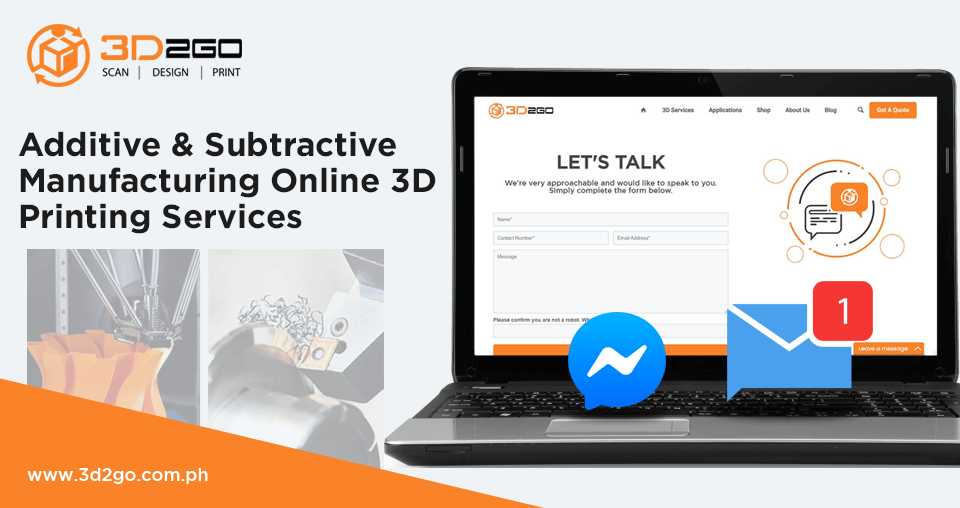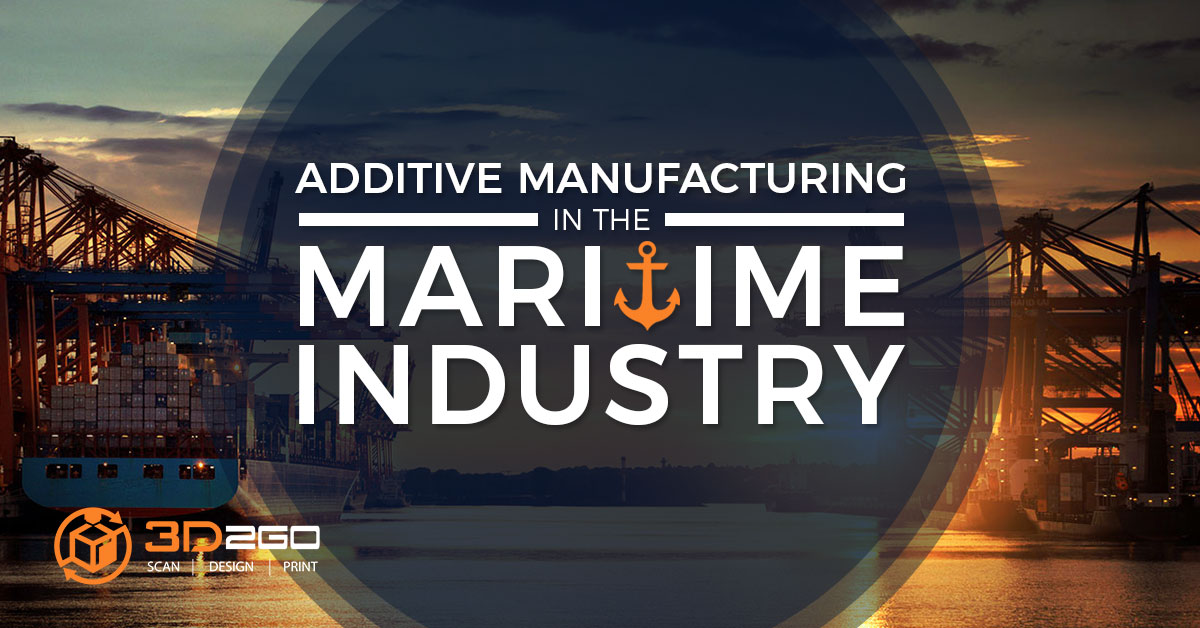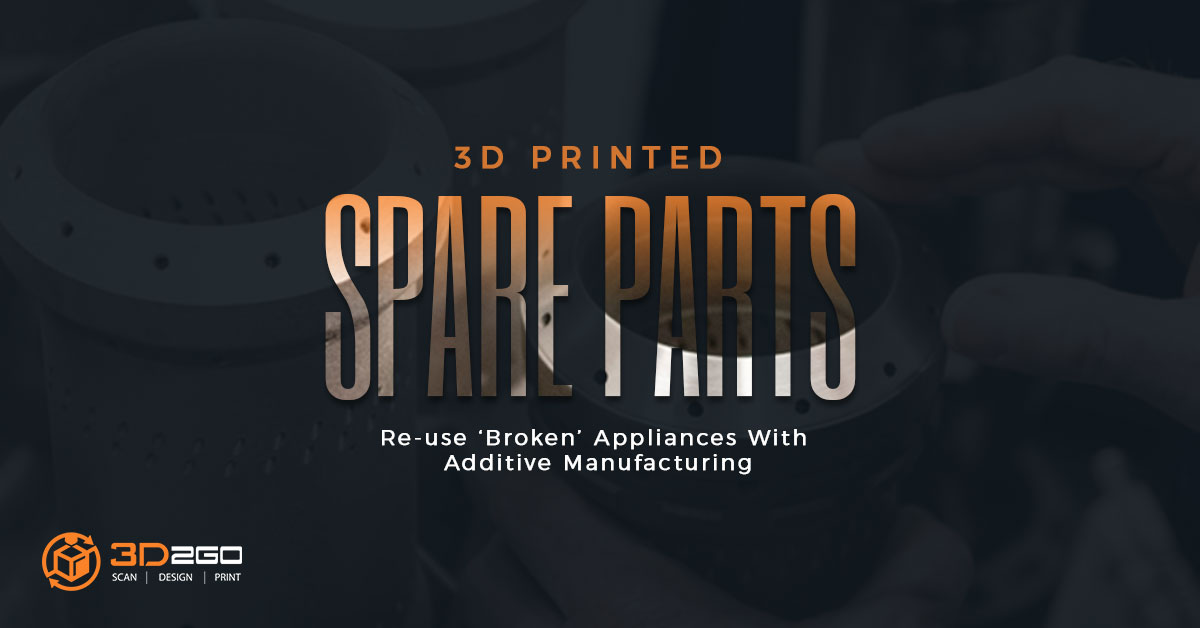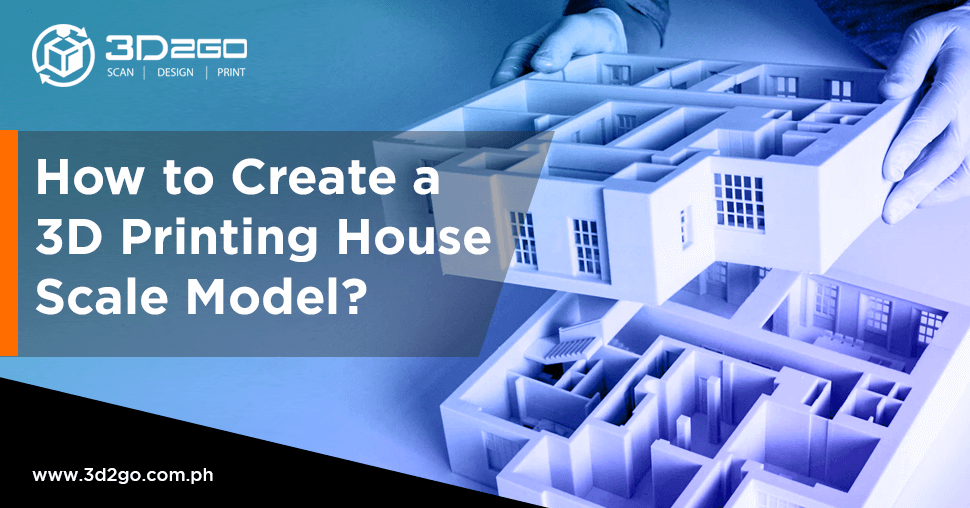
How to Create a 3D Printing House Scale Model?
July 13, 2022Top Applications of 3D Printing in Film Industry
July 15, 2022The Key difference: 3d printing vs additive manufacturing
One key difference is the industrial vs. consumer focus. Consumers typically focus on the singular vs mass production of 3D-printed objects. Businesses increasingly use additive manufacturing for the large-scale production of end-use objects.
It is also appropriate to consider the functional vs ornate nature of the printed object when referring to 3D printing in comparison to additive manufacturing. Manufacturers more typically use AM to produce functional prototypes, molds, mold inserts and end-use products, while the intent of consumer 3D printing is more often used to print one-of-a-kind ornate objects like intricate vases and lampshades.
Additive vs subtractive manufacturing; What suits you best
The more sophisticated AM processes become, the more important it is to distinguish them from inkjet-style, consumer-oriented production. Today’s laser sintering machines produce components and functional prototypes from both thermoplastics and metal superalloys. For example, EBM and direct metal laser melting (DMLM) processes turn titanium and cobalt chrome metal powders into sophisticated components for rocket and jet engines.
Increasingly, manufacturers see additive manufacturing as a cost-saving alternative in certain situations where CNC machining, injection molding and investment casting were used in the past. Sometimes, a single AM-produced component replaces many parts, reducing assembly times and simplifying supply chains.
Subtractive manufacturing is a complete opposite of additive manufacturing. If in additive, you literally add materials to create, subtractive is cutting away materials.
Subtractive manufacturing is a process by which 3D objects are constructed by successively cutting material away from a solid block of material. This can be done by manually cutting the material. This is most done with a CNC Machine.
What are the different additive process?
The seven AM processes are distinct and often quite different from one another.
Binder Jetting
This technique uses a 3d printing style head moving on x, y and z axes to deposit alternating layers of powdered material and a liquid binder as an adhesive.
Directed Energy Deposition
Direct energy deposition additive manufacturing can be used with a wide variety of materials including ceramics, metals and polymers. A laser, electric arc or an electron beam gun mounted on an arm moves horizontally melting wire, filament feedstock or powder to build up material as a bed moves vertically.
Material Extrusion
This common AM process uses spooled polymers which are either extruded or drawn through a heated nozzle which is mounted on a movable arm. This builds melted material layer by layer as the nozzle moves horizontally and the bed moves vertically. The layers adhere through temperature control or chemical bonding agents.
Powder Bed Fusion
Powder bed fusion encompasses a variety of AM techniques including direct metal laser melting (DMLM), direct metal laser sintering (DMLS), electron beam melting (EBM), selective laser sintering (SLS) and selective heat sintering (SHS). Electron beams, lasers or thermal print heads are used to melt or partially melt fine layers of material after which excess powder is blasted away.
Sheet Lamination
Sheet lamination can be split into two technologies; laminated object manufacturing (LOM) and ultrasonic additive manufacturing (UAM). Laminated object manufacturing is suited to creating items with visual or aesthetic appeal and uses alternate layers of paper and adhesive. UAM uses ultrasonic welding to join thin metal sheets; a low energy, low temperature process, UAM can be used with various metals such as aluminium, stainless steel and titanium.
Vat Polymerisation
This process uses a vat of liquid resin photopolymer to create an object layer by layer. Mirrors are used to direct ultraviolet light which cures each resin layer through photopolymerisation.
Wire Arc Additive Manufacturing (Now known as Directed Energy Deposition-Arc (DED-arc))
Wire arc additive manufacturing uses arc welding power sources and manipulators to build 3D shapes through arc deposition. This process commonly uses wire as a material source and follows a predetermined path to create the desired shape. This method of additive manufacture is usually performed using robotic welding equipment.
Need more information on Subtractive and additive manufacturing processes?
Get in touch with us in our email address management@my3d.com.ph. You can also reach us through our Facebook and Instagram pages today!


